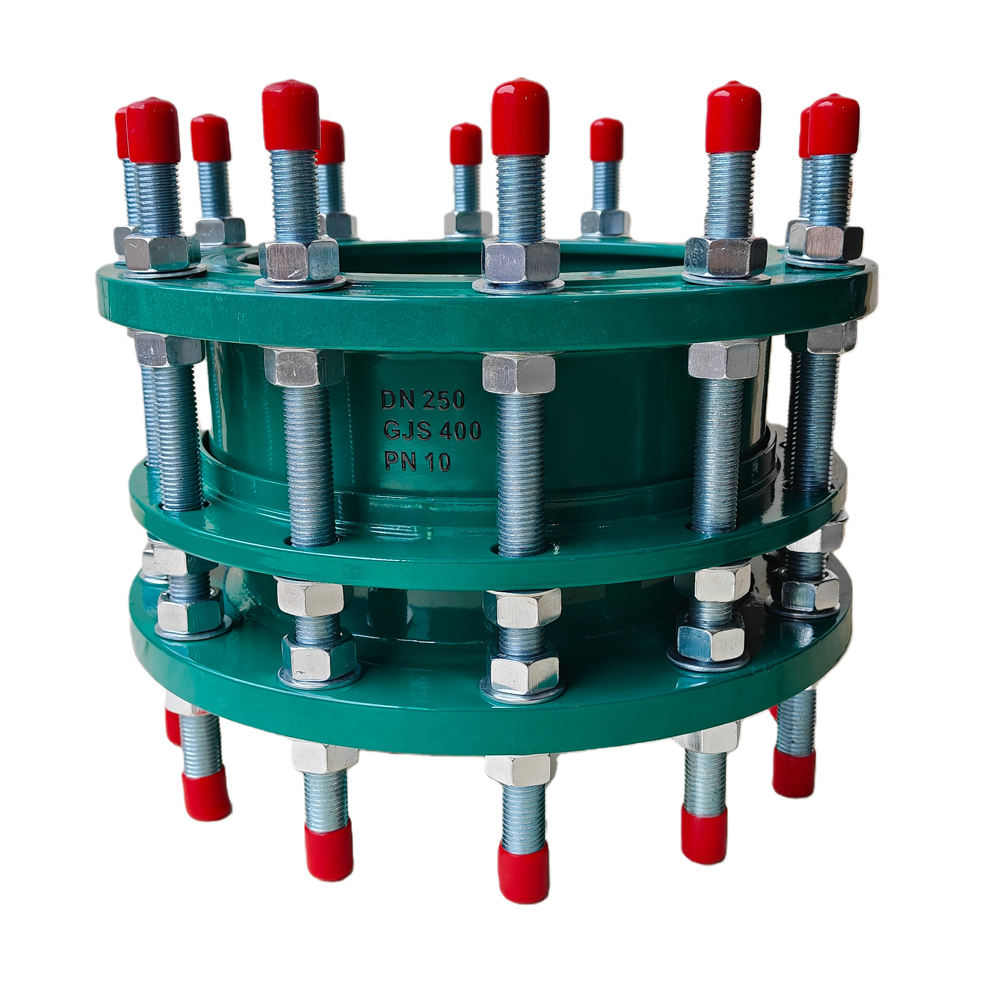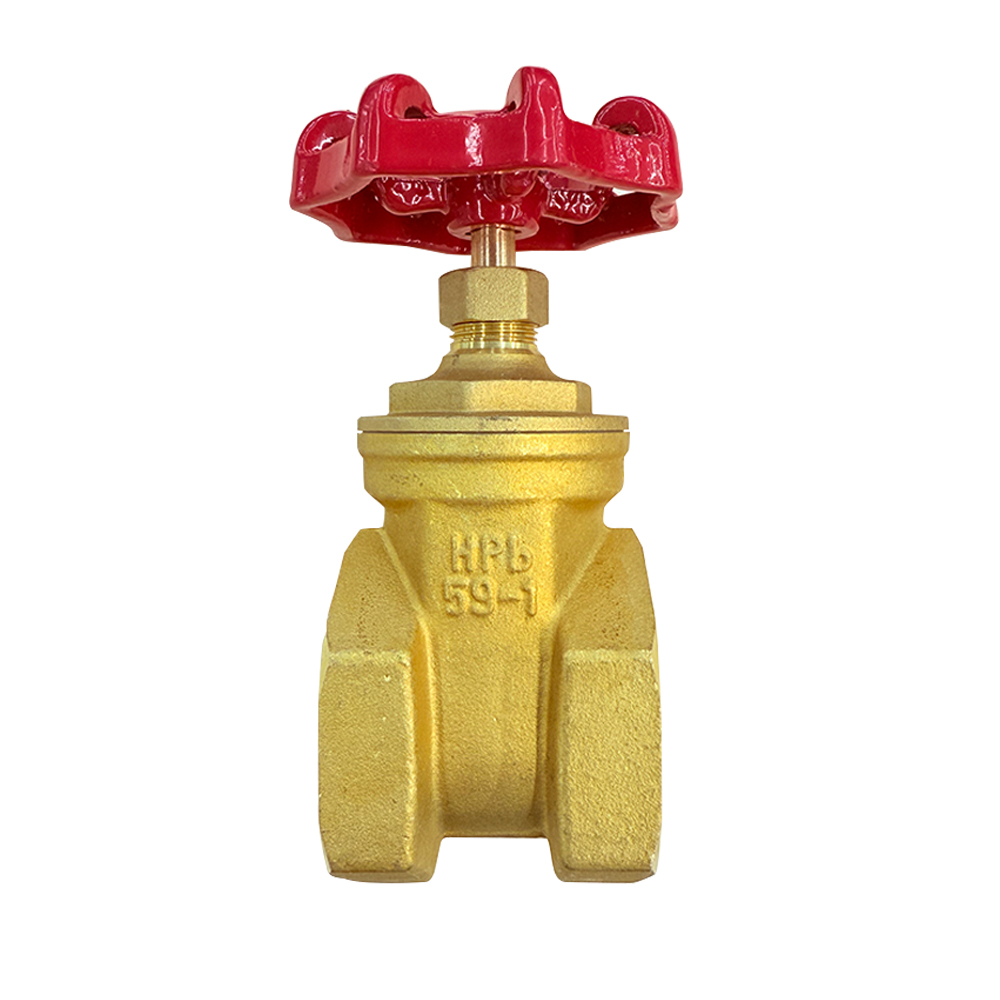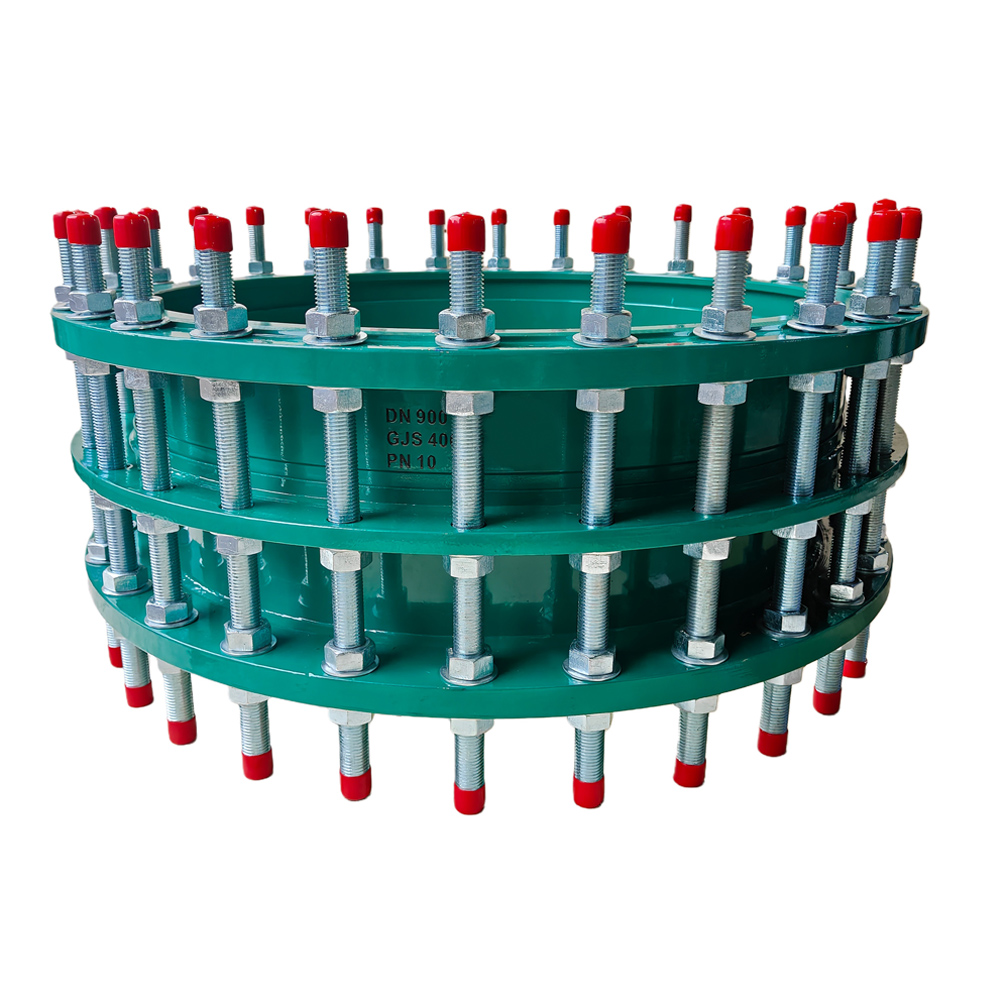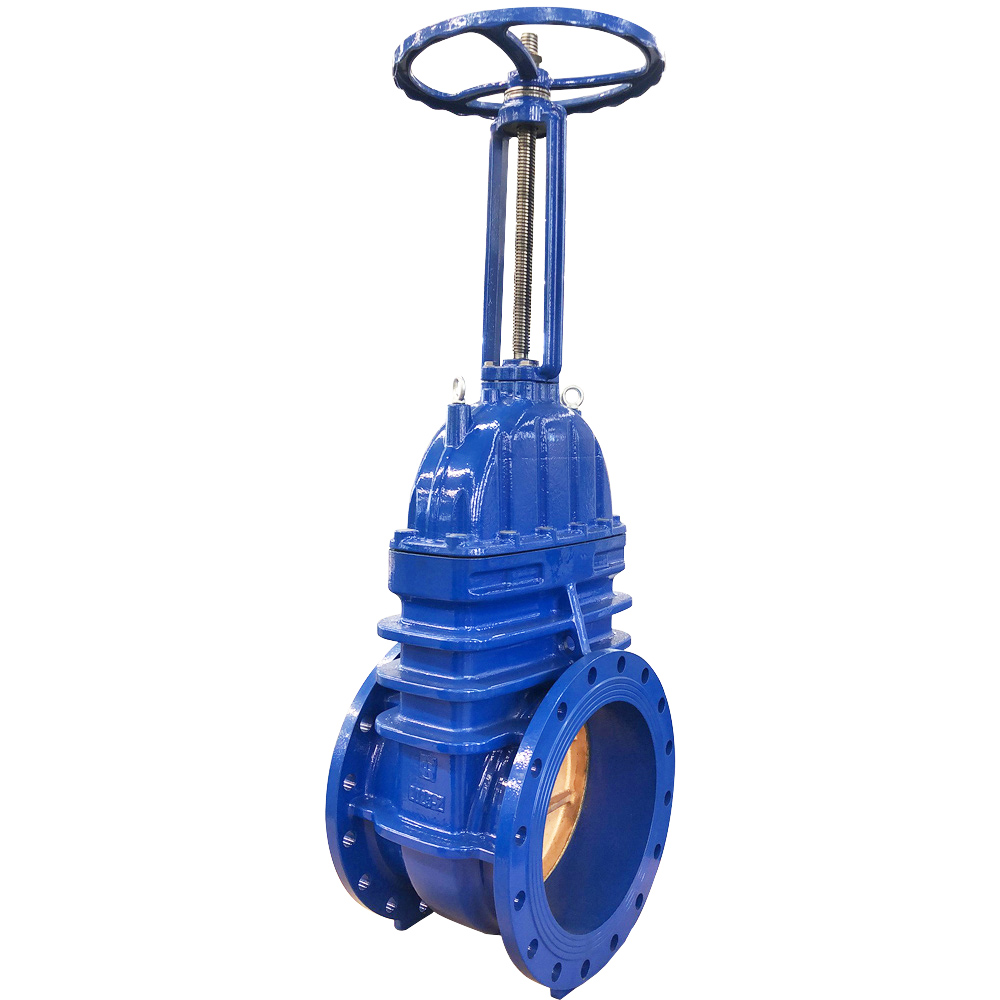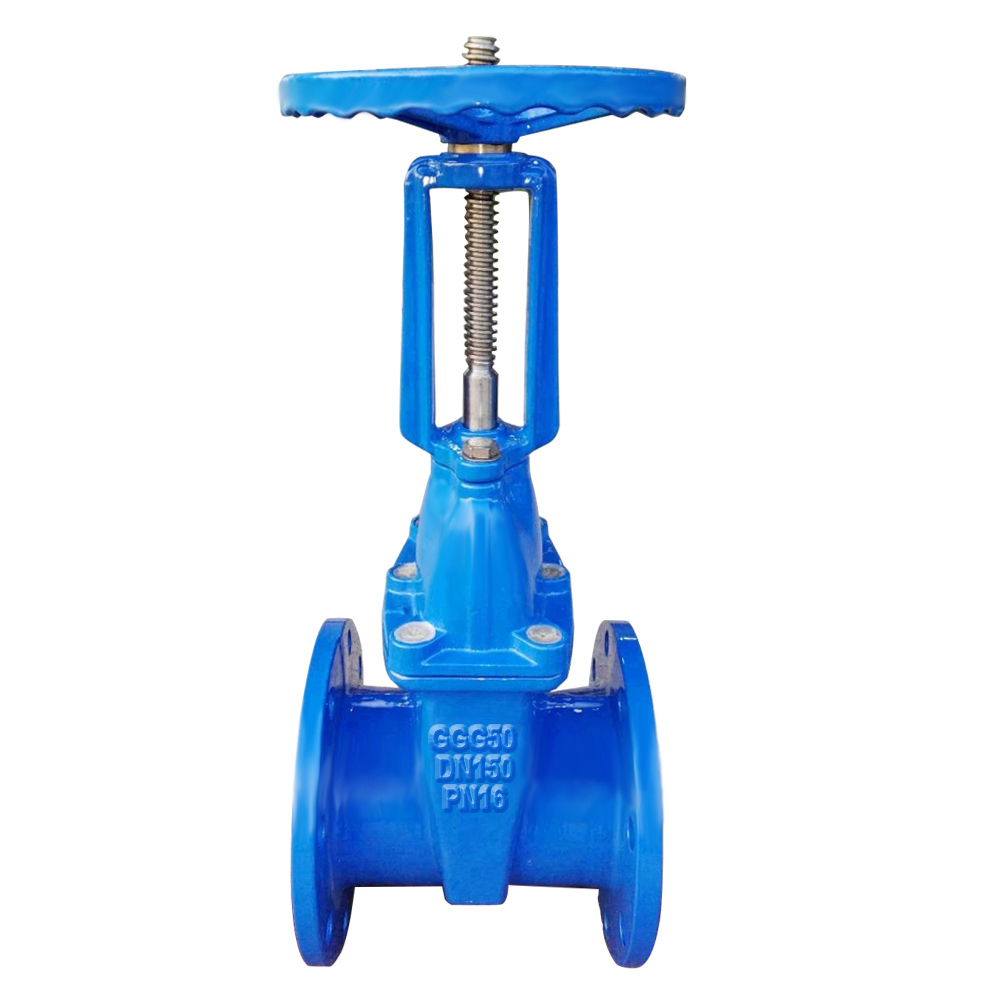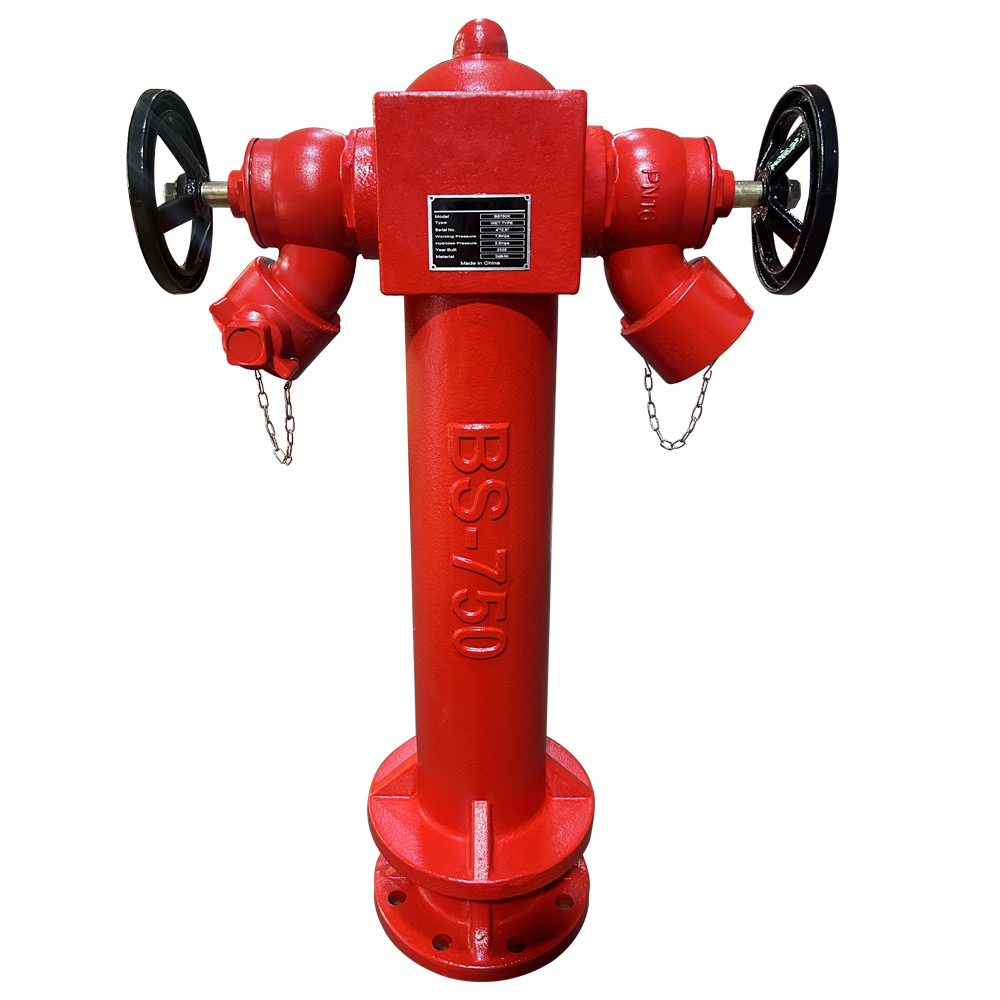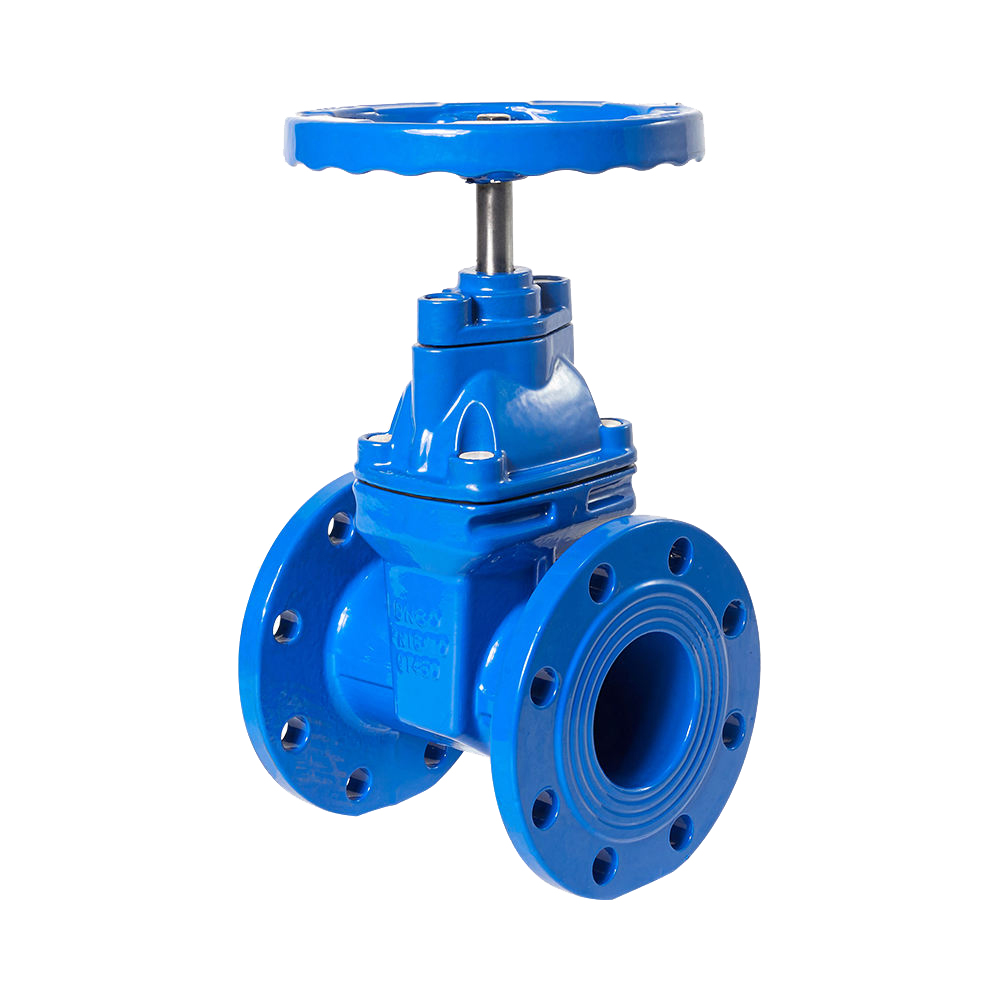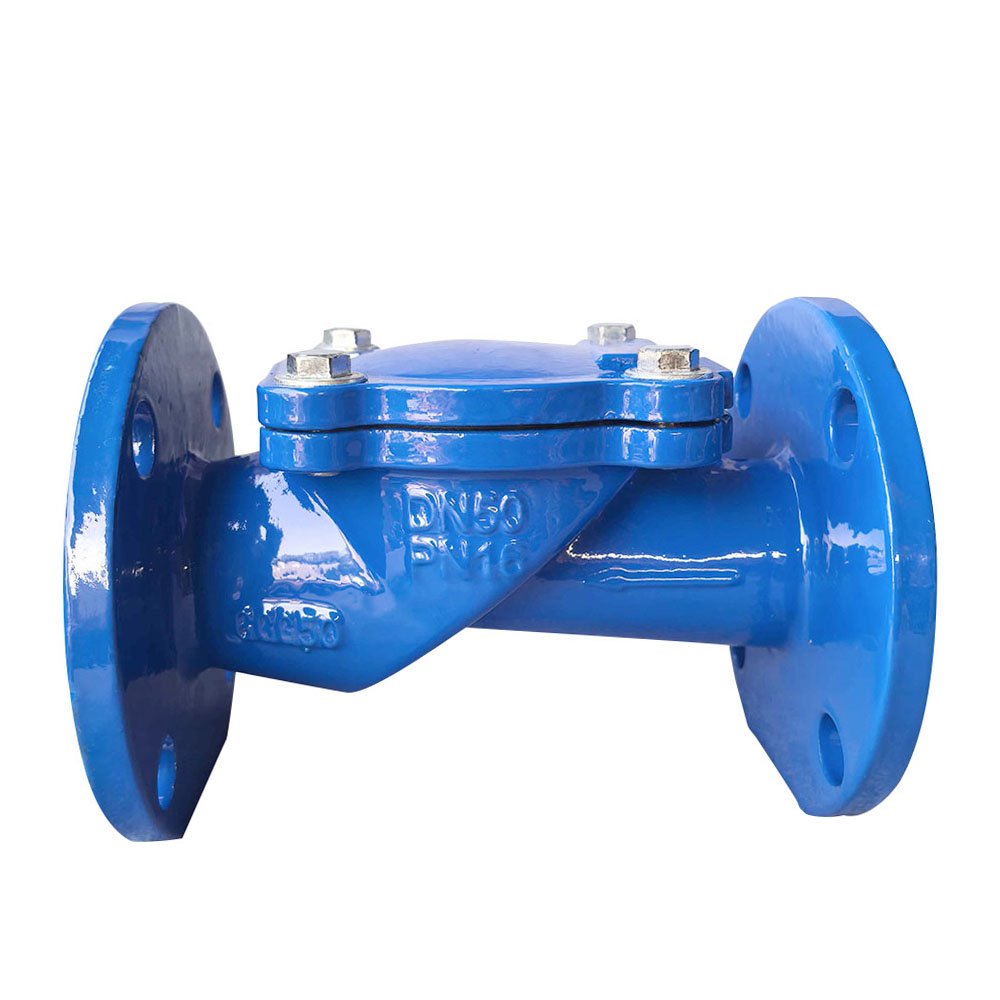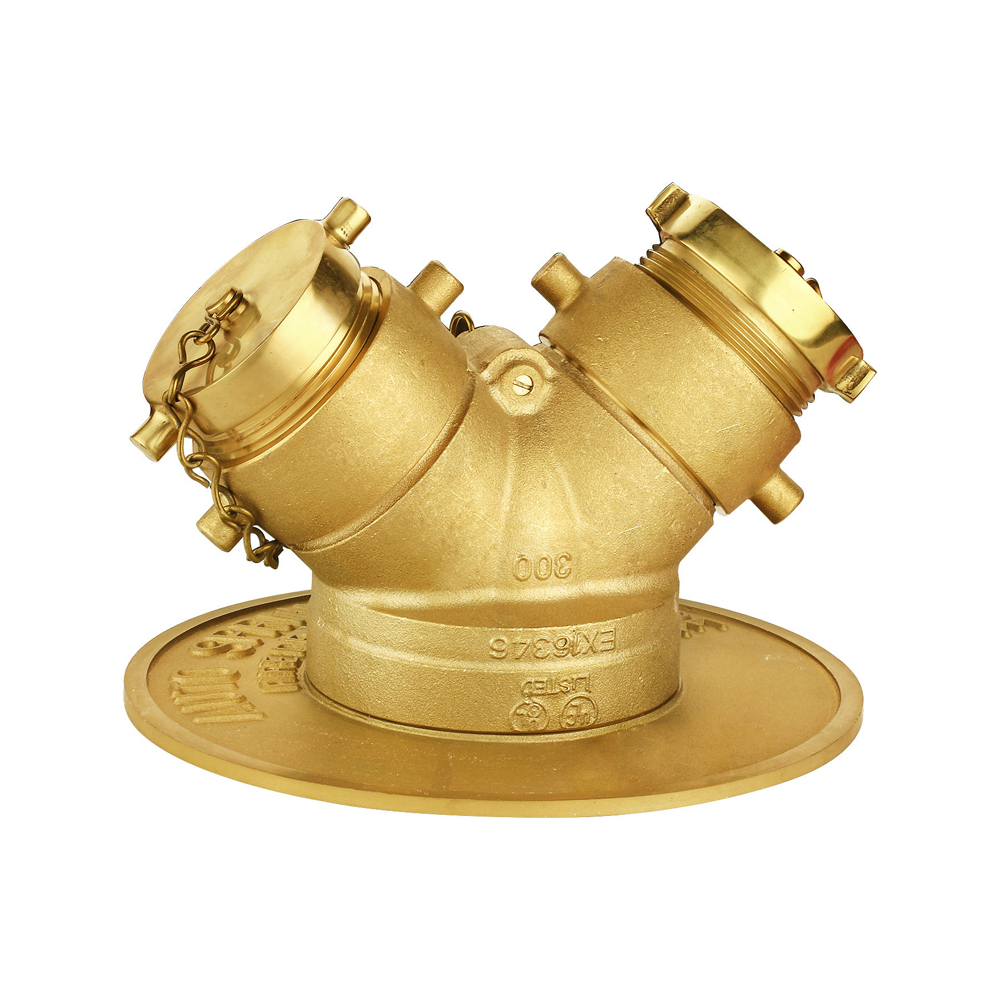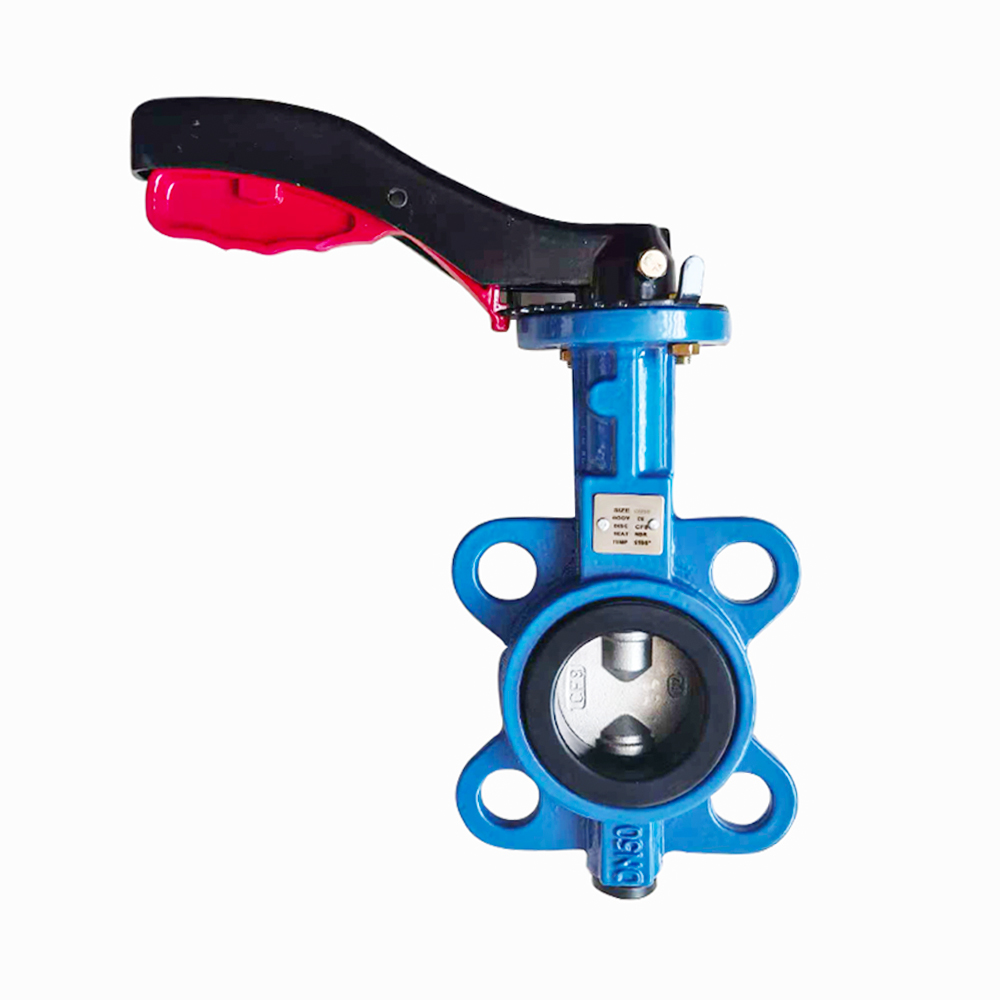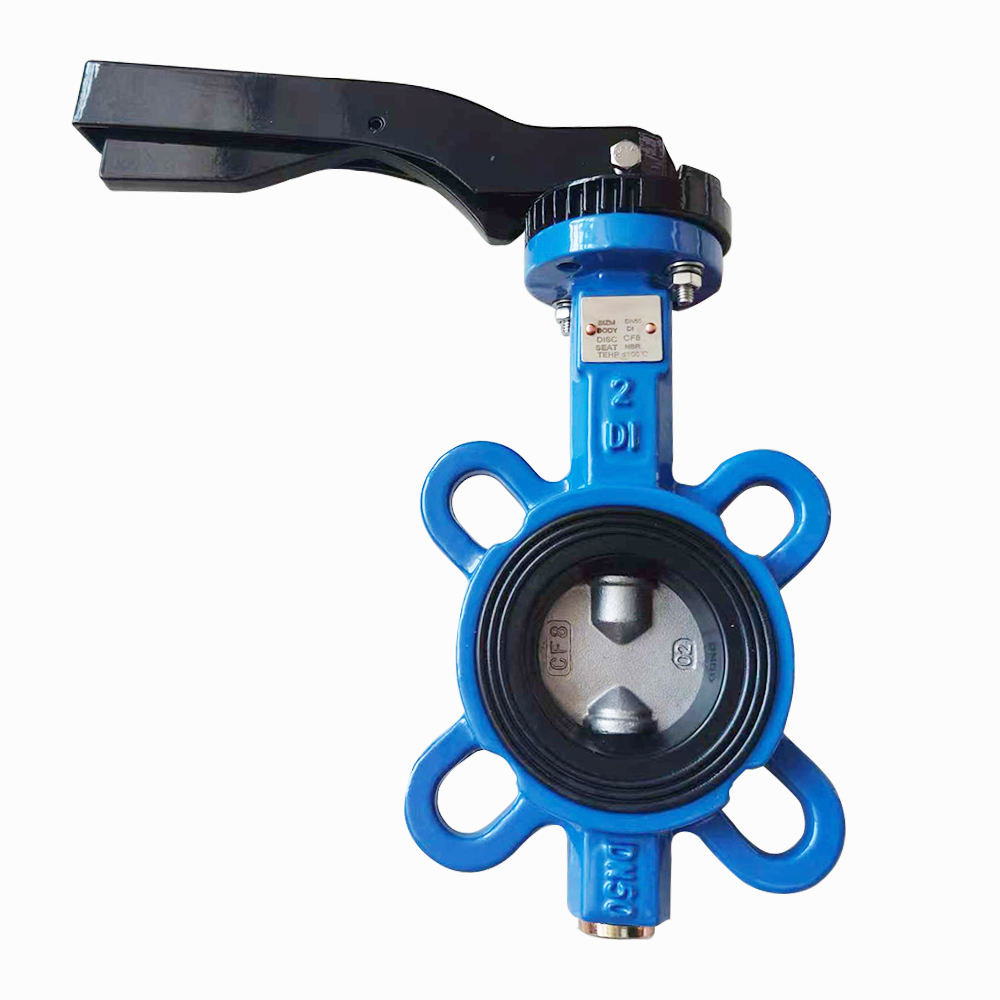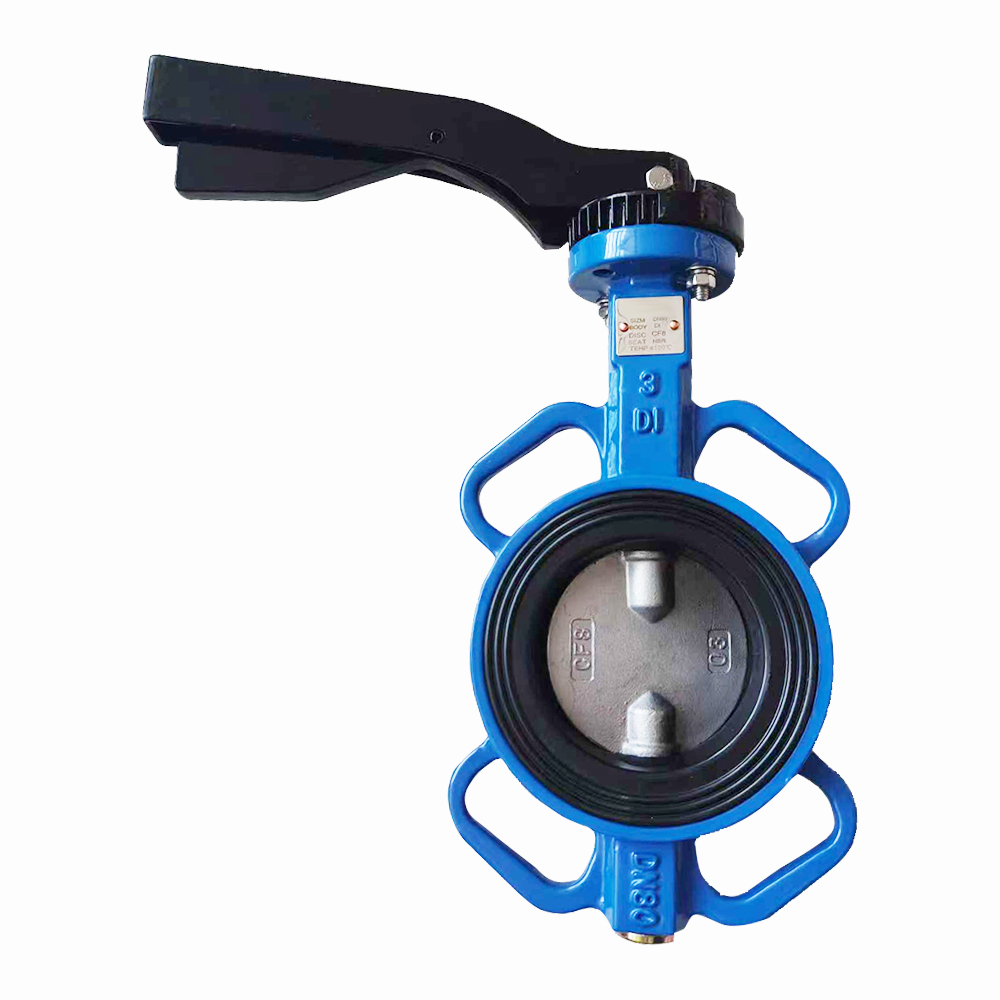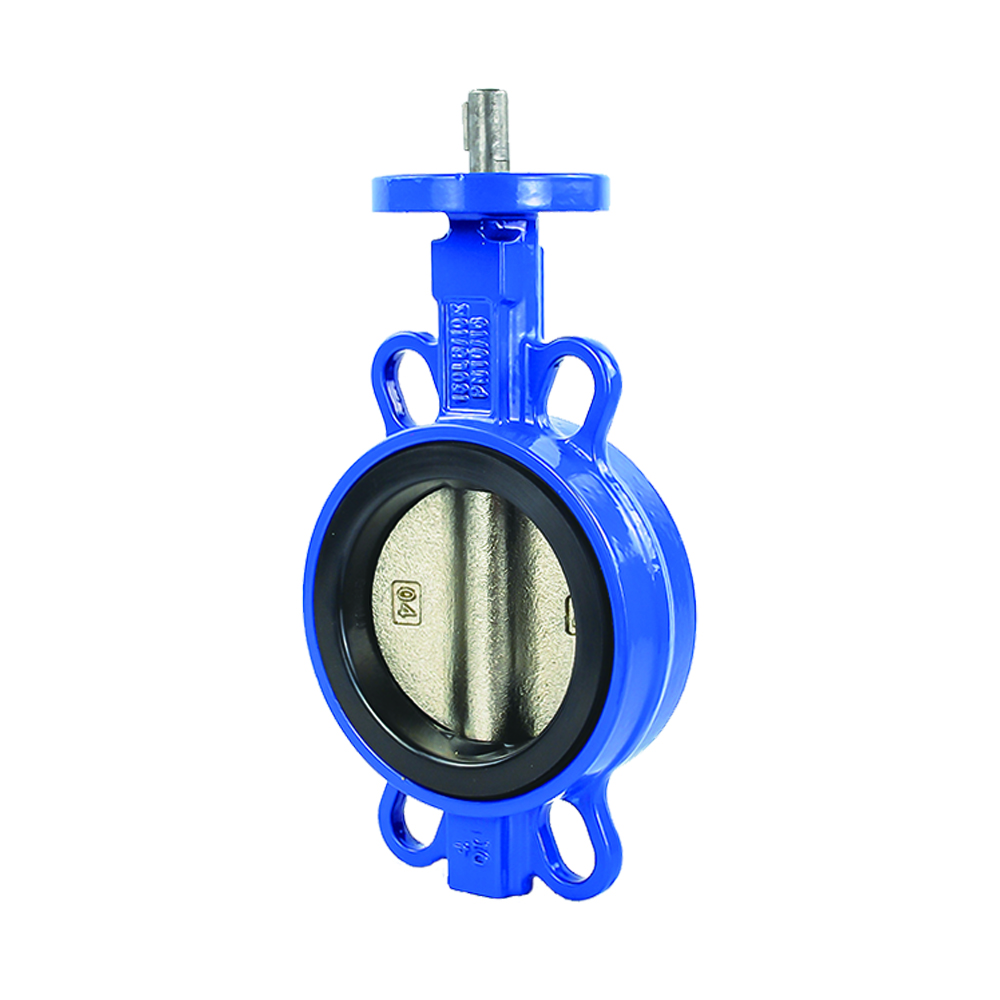
Types of Check Valves: Uses, Comparisons & Applications
- Home
- »
- Technical Guides
- »
- Types of Check Valves | Uses, Comparisons & Selection Guide
Table of Contents
Introduction
In industrial piping systems, controlling fluid direction is essential to avoid damage, contamination, or loss of efficiency. One of the simplest yet most critical components that ensures one-way flow is the check valve, also known as a non-return valve. But with so many variations available, understanding the types of check valves and their purposes is vital for selecting the right one.
In this guide, we’ll explore the most common check valve types, their working principles, and how they compare to other one-way valves used in piping and pneumatic systems.
What Is a Check Valve Used For?
A check valve allows fluid (liquid or gas) to flow in only one direction, preventing backflow. The purpose of a check valve is to protect pumps, compressors, and pipelines from reverse pressure, system contamination, and water hammer.
Check valves are commonly used in:
Water and wastewater systems
Fire protection systems
Pneumatic air control systems
Irrigation and agricultural lines
Oil and gas applications
How Does a Check Valve Work?
Check valves operate automatically based on pressure differential. When the upstream pressure is higher than the downstream, the valve opens. When flow reverses or stops, the valve closes, preventing backflow.
In compressed air systems, this is often illustrated using a check valve pneumatic diagram, which shows how airflow is restricted in one direction to ensure system safety and reliability.
Types of Check Valves Explained
Let’s break down the main types of check valves, each suited for specific systems and flow characteristics.
1. Swing Check Valve
The swing check valve uses a hinged disc that swings open with forward flow and closes when flow reverses. It is ideal for low-velocity and horizontal flows such as municipal water supply systems.
Applications: Water pipelines, clean fluids
Not ideal for: Pulsating or high-velocity flows
2. Spring Check Valve
Also known as spring-loaded check valves, these use a spring to quickly close the valve when flow stops. This provides fast response and tight shut-off, especially in vertical installations.
Applications: HVAC, air compressors, chemical lines
Not ideal for: Large-diameter, low-pressure systems
3. Piston Check Valve
The piston check valve contains a movable piston that opens and closes in response to flow. It offers tight sealing and performs well in high-pressure or steam systems.
Applications: Steam lines, oil pipelines
Not ideal for: Dirty fluids or slurries
4. Ball Check Valve
This valve uses a ball inside the body that lifts during flow and seats during reverse pressure. It’s simple and effective, especially for slurry or viscous fluids.
5. Foot Valve
A foot valve is a type of check valve mounted at the bottom of a suction line, typically in a well or tank. It includes a strainer to block debris and maintains prime in the pump line.
Applications: Pumps, irrigation, wells
Should not be used in high-pressure systems
Check Valve vs Non-Return Valve
The terms check valve and non-return valve are often used interchangeably. While technically the same, “non-return valve” is more commonly used in Europe and Asia, while “check valve” is the preferred term in the U.S.
Including both terms in your product descriptions or technical documentation helps improve semantic SEO coverage and attract a wider audience.
Swing Check Valve vs Spring Check Valve
Working Principle
A swing check valve operates with a hinge‑mounted disc (flapper) that swings open to allow forward flow and swings shut under gravity or back-pressure. This makes it ideal for pipelines with horizontal or upward flow, though it’s not suitable for downward flow installations. In contrast, a spring check valve uses a spring‑loaded disc or plunger that snaps closed quickly, even before the flow reverses, providing faster response and making it effective in any orientation.
Flow Capacity & Pressure Drop
Swing check valves provide a simple, unobstructed flow path that supports high flow rates and minimal pressure drop—perfect for large pipelines and low-pressure systems. Spring check valves, however, introduce some additional resistance from the spring mechanism. This causes a slightly higher pressure drop, but they make up for it with more precise sealing and control.
Water Hammer & Noise
Due to their slower, gravity-based closure, swing check valves can slam shut under reverse flow, creating noise and contributing to water hammer. Spring check valves, often marketed as silent check valves, close more gently thanks to their spring mechanism—reducing both noise and hydraulic shock.
Installation Options
Swing check valves are generally limited to horizontal or upward flow because of their reliance on gravity for closure. Spring check valves offer much greater flexibility—they work well in horizontal, vertical (both up and down), and confined-pipe scenarios.
Maintenance and Cost
With their straightforward design and minimal parts, swing check valves are typically more cost-effective and easier to maintain. Spring check valves are slightly more complex, requiring careful spring selection and occasional inspection or replacement, which adds to cost and maintenance—but they offer enhanced reliability in challenging installations.
Which Should You Choose?
Opt for a swing check valve if your priority is budget-friendly, high-capacity flow in horizontal or rising pipelines—especially where some noise and water hammer are acceptable.
Choose a spring check valve when fast closure, quiet operation, flexible installation, and protection against water hammer are crucial—even if upfront cost is higher.
Types of One Way Valves (Beyond Check Valves)
While check valves are the most recognized type of one way valve, other types include:
Diaphragm valves: Used in medical or low-pressure systems
Duckbill valves: Common in low-pressure or disposable systems
Foot valves: Specialized check valves with strainers
Air admittance valves: Used in plumbing vent systems
If your application requires a fluid or air flow in a single direction, selecting the right type of one way valve ensures safety, efficiency, and long-term durability.
Foot Valve vs Check Valve
Although a foot valve is a type of check valve, it has some specific features:
Includes a built-in strainer
Installed at the bottom of a pump suction line
Prevents line from losing prime when the pump is off
A check valve may be used anywhere in the system, while a foot valve is only used at the intake point.
Conclusion
Whether you’re building a water supply network, operating an air compressor system, or managing industrial piping, understanding the types of check valves and their respective use cases is essential.
From piston check valves to foot valves, and from check valve pneumatic diagrams to non-return valve comparisons, making an informed selection can improve your system’s reliability and longevity.
Not sure which check valve suits your system? Contact our engineering team for personalized recommendations.

